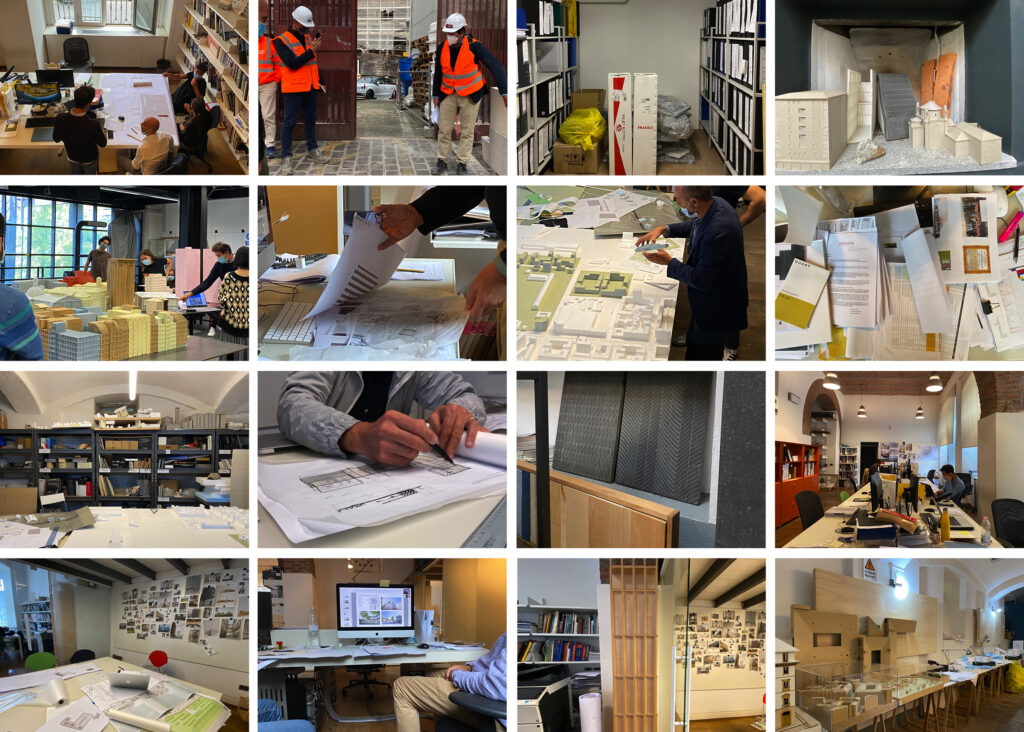Return to archive
title
Everyday Practice As Paradigm To Study Architectural Contemporary Codes
author
Claudia Mainardi

(fig. 01) excerpts from in-person ethnographic investigation held from September 2020 to February 2021
The contribution presented at the CA2RE Delft conference has been a significant opportunity to discuss my doctoral research that, dealing with the present history
1
Robert, François (ed.) (1993): Ecrire l’Histoire du Temps Présent. Paris: CNRS.
, proposes an empirical approach: without aiming to achieve a definitive response, yet disentangling processes while being formed. In this perspective, requiring an experimental approach that accepts mistakes and approximations –aware of the possibility of failure– reflection is adopted as an opportunity to step back from specific expectations and requirements through a high degree of open-endedness
2
Buchert,Margitta (2014): Reflexive Design: Design and Research in Architecture. Berlin: Jovis.
.
Methodologically, it has been shown how the research moves in the lines of micro-history
3
Levi, Giovanni Levi (2001): On Microhistory. University Park: The Pennsylvania State University Press, pp. 97–119.
, thinking through cases
4
Passeron, Jan Claude/ Revel, Jaque (2005): Penser Par Cas. Paris: Ehess.
, researching the architecture of the recent past, and uses an ethnographic approach searching for the everyday and its object
5
De Certau, Michel (1980): The Practice of Everyday Life. Berkeley and Los Angeles: University of California Press
as a way to disentangle the more implicit and embedded knowledge of an architectural practice. More in general, in fact, the research argues that each office has its own accumulated knowledge made up of recurring references, idiosyncrasies, characteristic lexicon, particular aesthetics, etc. In other words, each office harbors a series of more or less conscious –and/or more or less stated– aspects that define its character and subsequently inform the way it operates (from research to project execution). In this perspective, the close observations –thanks to the direct sources these allow– aim to experimentally reveal an internal and hidden knowledge.

(fig. 02) excerpts from digital ethnographic investigation held from September 2020 to February 2021
- Robert, François (ed.) (1993): Ecrire l’Histoire du Temps Présent. Paris: CNRS.
- Buchert,Margitta (2014): Reflexive Design: Design and Research in Architecture. Berlin: Jovis.
- Levi, Giovanni Levi (2001): On Microhistory. University Park: The Pennsylvania State University Press, pp. 97–119.
- Passeron, Jan Claude/ Revel, Jaque (2005): Penser Par Cas. Paris: Ehess.
- De Certau, Michel (1980): The Practice of Everyday Life. Berkeley and Los Angeles: University of California Press




